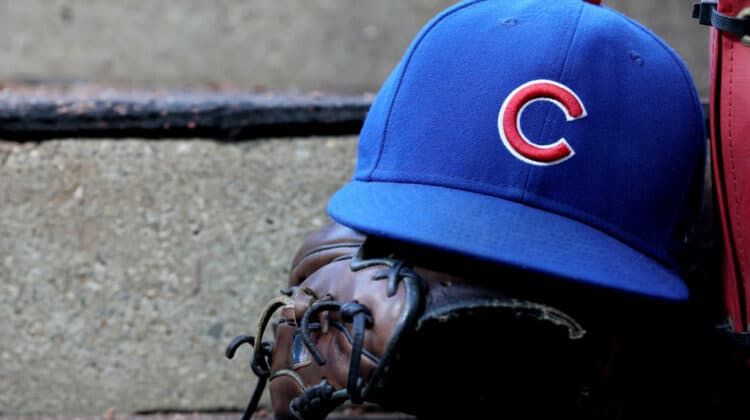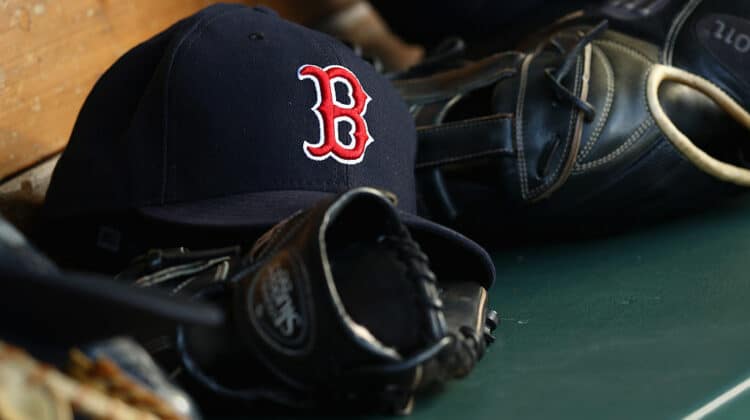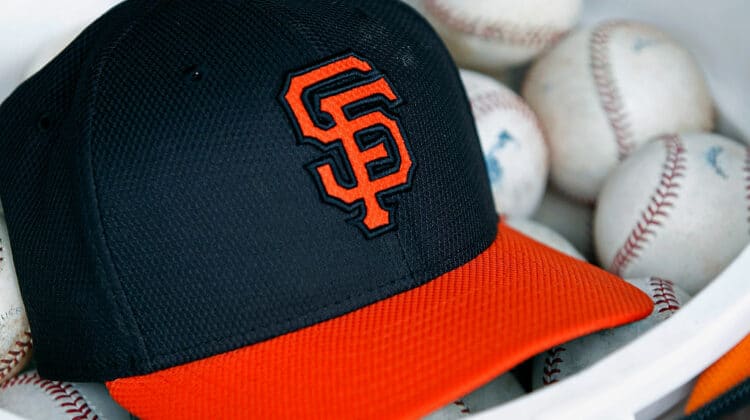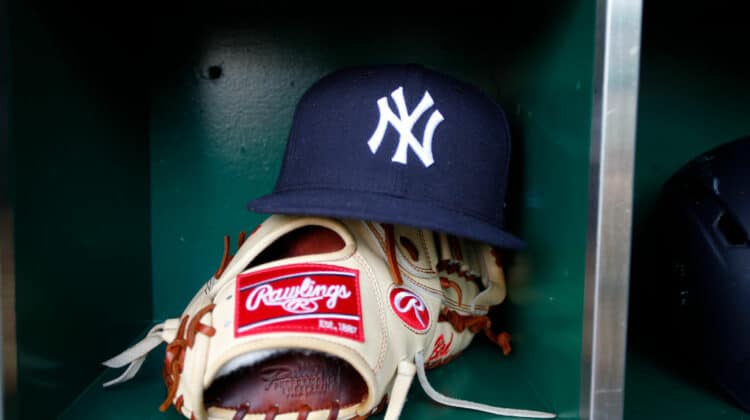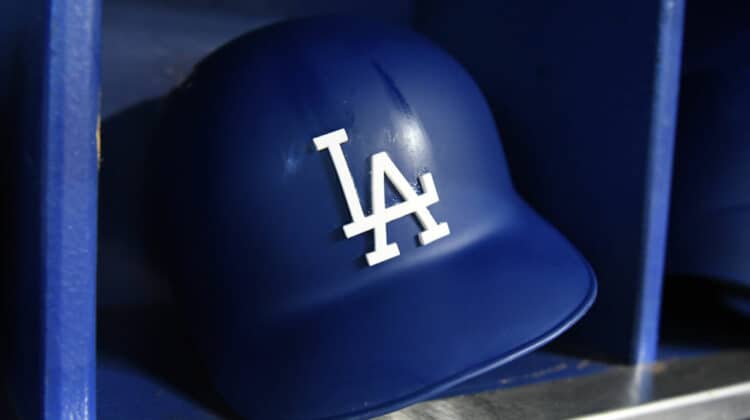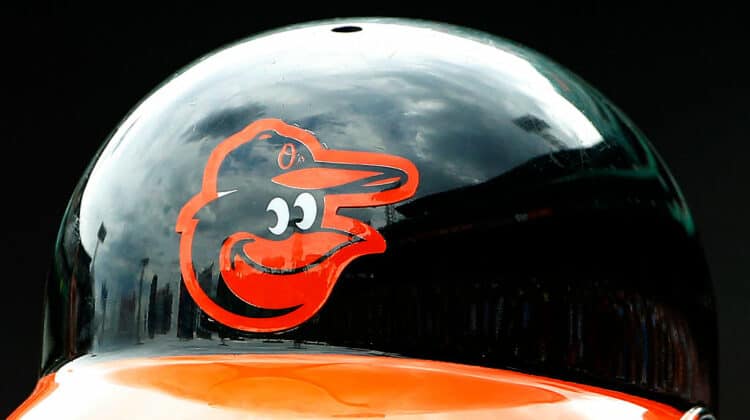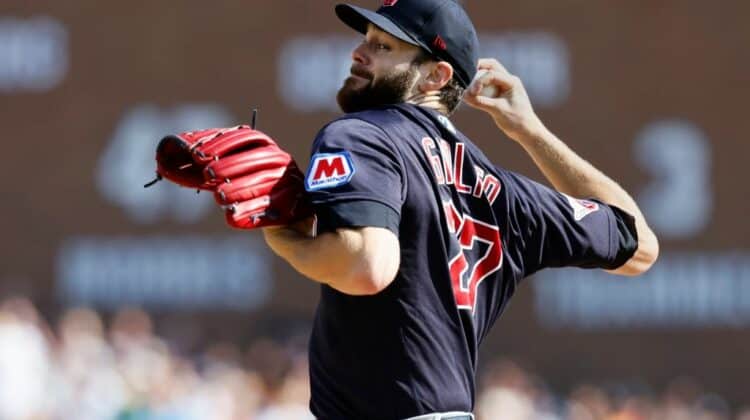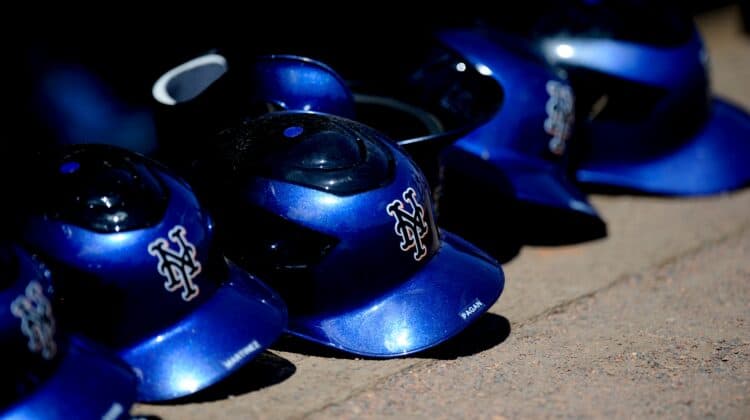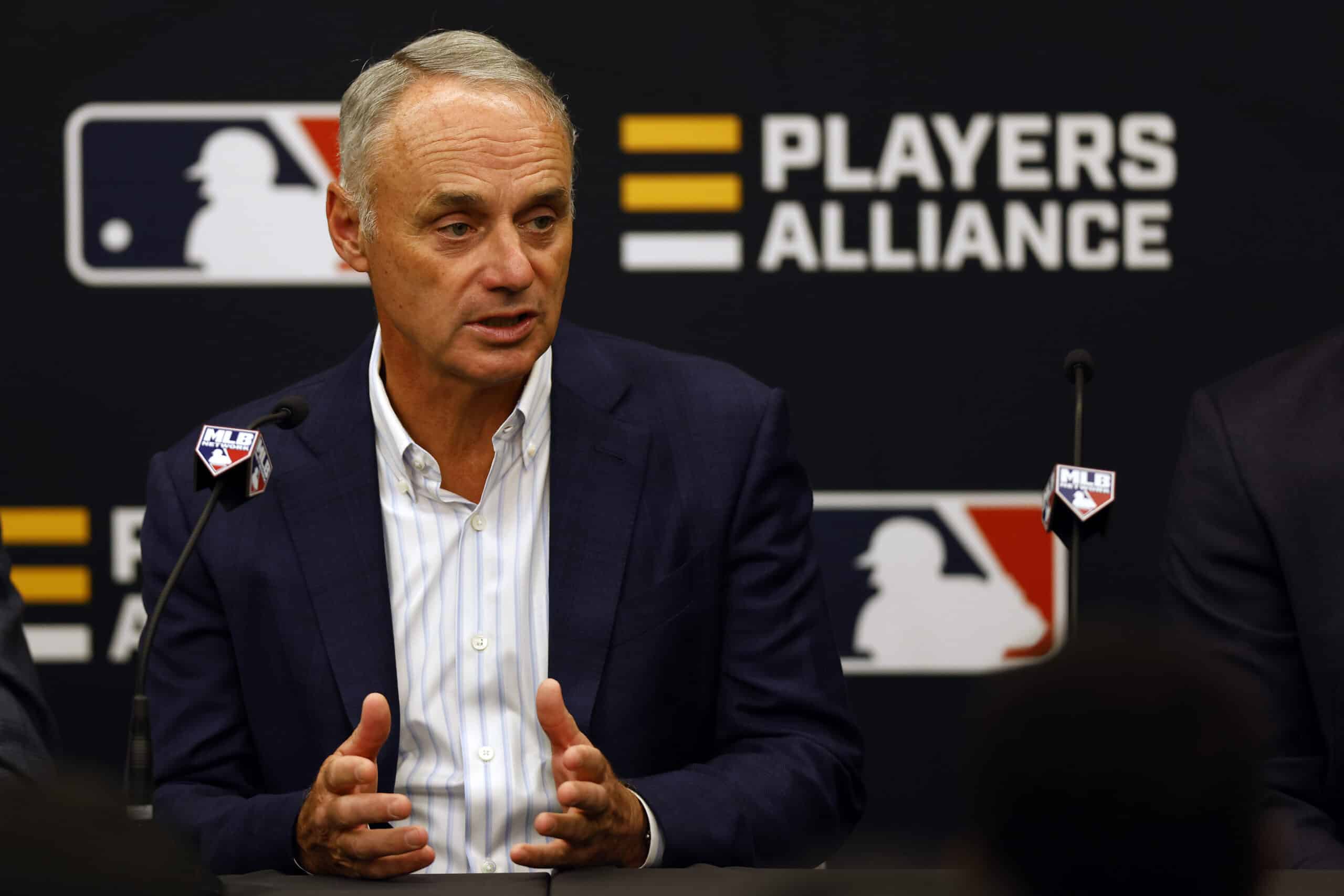
On Wednesday night, it was revealed that MLB owners implemented a lockout, effectively ending free agent signings, trades, and roster-related transactions until further notice.
It is the first work stoppage in MLB in 26 years.
Basically, as explained by The Athletic’s Lindsey Adler, a lockout is when the owners prevent the players from working, which is not the same thing as a strike.
A strike, which is what happened in 1994, is when players are the ones deciding not to work.
A strike is when the players without their labor. A lockout is when the owners prevent the players from working. The 1994 work stoppage was a strike. This is a lockout.
— Lindsey Adler (@lindseyadler) December 2, 2021
That’s why MLB teams were so eager to complete transactions before Wednesday, which was the expected lockout date: starting from today, teams won’t be able to negotiate contracts or perform transactions of any kind until a new CBA (collective bargaining agreement) is negotiated.
It could take weeks, in a best-case scenario.
However, in a worst-case scenario, February arrives without a deal, and the possibility of missing games can increase if there is no agreement at that point.
Why Both Sides Can’t Agree On A Deal?
MLB is stuck in a lockout for several reasons, the main one being that owners want a set of things and players want completely different stuff.
The leader of the union, Tony Clark, said to Evan Drellich that the players want a new contract that “enhances competition, improves the product for our fans, and advances the rights & benefits of our membership.”
Tony Clark statement: “This drastic & unnecessary measure will not affect the Players’ resolve to reach a fair contract. We remain committed to negotiating a new CBA that enhances competition, improves the product for our fans, & advances the rights & benefits of our membership"
— Evan Drellich (@EvanDrellich) December 2, 2021
Essentially, players think owners make too much money as things stand and they should sacrifice some of it for the benefit of the players (especially the younger ones), the ones that travel all around the country for six or seven months and provide the show.
Young players getting paid is, according to Max Scherzer – one of the most prominent voices on the players’ side – a sensitive subject that needs to be resolved.
Minor leaguers’ wages and salaries are too low, and players have to make the league minimum for three years in which they risk long-term, career-altering injuries.
Additionally, more clarity about the recent rule that states all organizations needs to provide housing for minor leaguers is needed, and that will likely be another point of discussion in negotiations.
A Matter Of Economics
Jesse Rogers of ESPN writes that it all boils down to economics:
“Players feel, with the emergence of analytics within front offices, that fewer and fewer second- and third-tier players are getting paid when they finally become free agents after six years of major league service time, which is often when a player turns 30 or very close to it. In general, players would like to be paid more at younger ages because that’s when they are in their prime. The system also favors keeping players in the minor leagues for several weeks extra to slow down their major league service time. Players hate that.”
Things could take a while, though.
MLB and the MLBPA (MLB Players Association) have been meeting over the past few days, but the gatherings have lasted minutes, not hours, and that is not a good sign.
The lockout officially started just after midnight, with MLB Commissioner Rob Manfred saying, per Yahoo, that owners “have been forced to commence a lockout of Major League Players.”
With no end in sight, fans should prepare for a long, grueling round of negotiations that can take months, putting the start of spring training in jeopardy.
NEXT: Ranking Marcus Stroman's 3 Best Seasons So Far